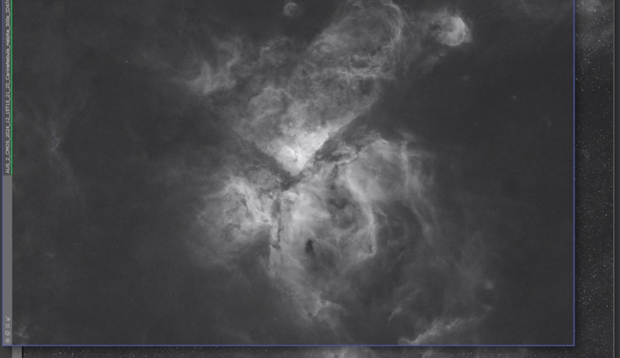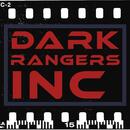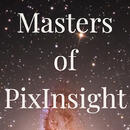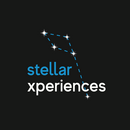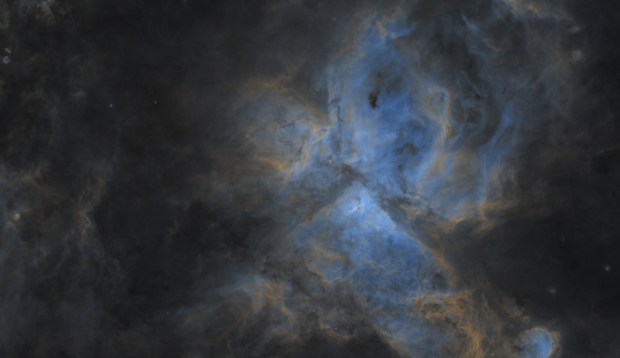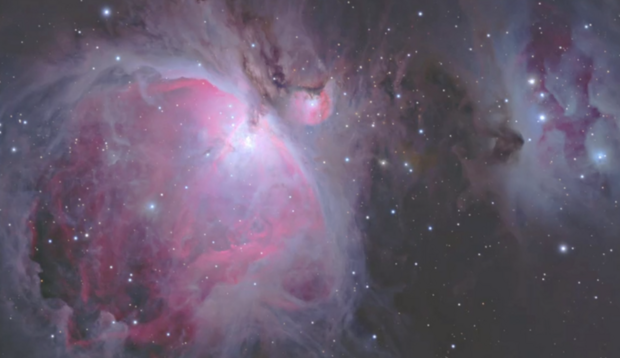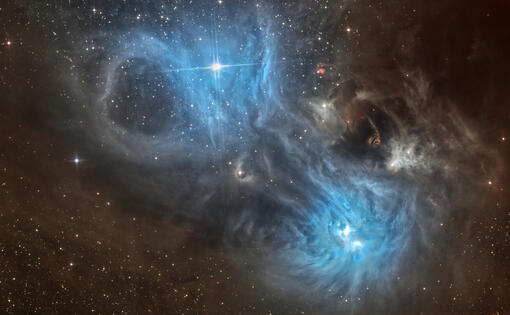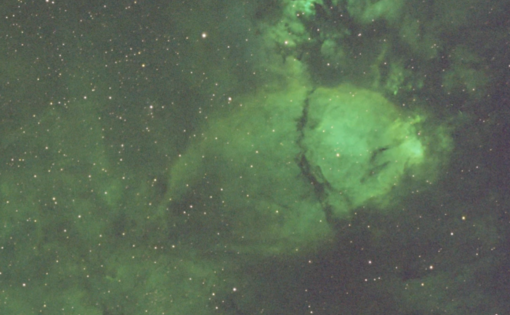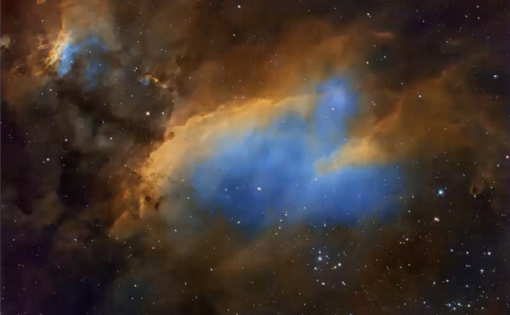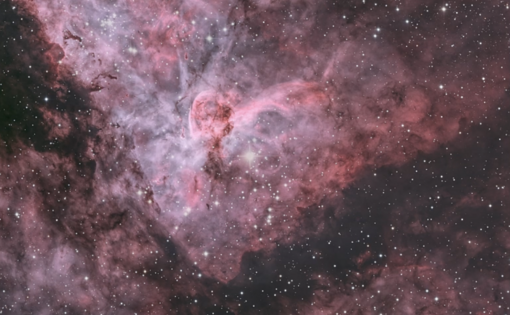Our tutors
Most Popular
All Tutorials
The future of exoplanets and how the public can get involved
Join us in a fascinating journey towards understanding the mysteries of worlds beyond Earth, a venture that captivates not just the scientific community but every curious mind. This tutorial, based on our insightful astronomy webinar, delves into the current state of exoplanet research and the exciting future that lies ahead in space exploration.
At the heart of this exploration is the European Space Agency's Ariel space mission, scheduled for launch in 2029. Ariel stands out as the pioneering mission dedicated to analyzing the chemical composition of a wide array of exoplanets, orbiting diverse star types. Its primary aim is to comprehensively study a significant and varied sample of exoplanets to answer pressing questions about their composition, the formation of planets and planetary systems, and the evolution of planets and their atmospheres over time.
Ariel's ambitious plan involves observing around 1000 transiting exoplanets. To optimize this survey, precise knowledge of the expected transit times of these planets is crucial, presenting a unique opportunity for collaboration across the astronomical community. This is where the ExoClock project comes into play. Developed by Anastasia Kokori and Angelos Tsiaras (the two guests of this webinar), ExoClock is an integrated, open project that focuses on monitoring the ephemerides of Ariel’s target planets.
The project is a call to arms for all - professional and amateur astronomers, as well as enthusiastic members of the public. By participating, you can contribute directly to the success of this groundbreaking mission. This tutorial offers an in-depth look at the Ariel mission, its objectives, and how you can be a part of this monumental step in exoplanetary research.
Fixing Aberrations and Star Shapes in PixInsight
In this two-part series, Alex Curry delves into the challenges of wide field of view imaging and its impact on your astro images. He'll introduce you to some traditional techniques for rectifying these issues, applicable across various astrophotography editing software. In Part 2, Alex focuses on a novel PixInsight plugin designed for smart image correction and feature sharpening. He'll guide you through the necessary prerequisites and adjustments to optimize the plugin for your specific data.
Useful Links:
Introduction to deconvolution: https://telescope.live/blog/pixinsight-deconvolution-why-we-use-it#:~:text=Deconvolution%20in%20PixInsight%20attempts%20to,it%20can%20in%20the%20image.
Pixinsight deconvolution documentation: https://www.pixinsight.com/examples/M81M82/index.html
SIRIL deconvolution documentation:
https://siril.readthedocs.io/en/latest/processing/deconvolution.html
James Ritson Affinity Photo macros: https://jamesritson.co.uk/resources.html
Pixinsight GPU acceleration guide: https://telescope.live/blog/how-enable-gpu-acceleration-pixinsight
A Comprehensive Guide to Color Accurate Narrowband Stars
Dive into the art of creating colour-accurate stars in narrowband astrophotography with award-winning astrophotographer and esteemed Telescope Live tutor Peter Jenkins. This detailed tutorial is crafted from the recordings of a highly engaging webinar where Peter Jenkins meticulously unveils his workflow for achieving true-to-colour stars, even when employing narrowband filters.
The tutorial will lead you through the nuances of ensuring the stars in your narrowband images don't lose their authentic hues. Leveraging advanced tools like StarXTerminator, this tutorial simplifies the complex process of isolating and refining the stars within astrophotograph.
Beginning with essential preparation techniques in PixInsight, the tutorial seamlessly transitions into the creative realm of Photoshop, offering you a blend of technical precision and artistic freedom.
Hybrid Nebula Processing with Siril and Affinity Photo
In this tutorial, Alex Curry will demonstrate how to use SIRIL and Affinity Photo for stacking and post-processing nebula images.
Alex will explore various tools for creating more visually appealing nebula images in this tutorial specifically designed to enhance creative freedom in post-processing .
This workflow, inspired by Nik Szymanek, is adapted for use with SIRIL and other image editing software.

